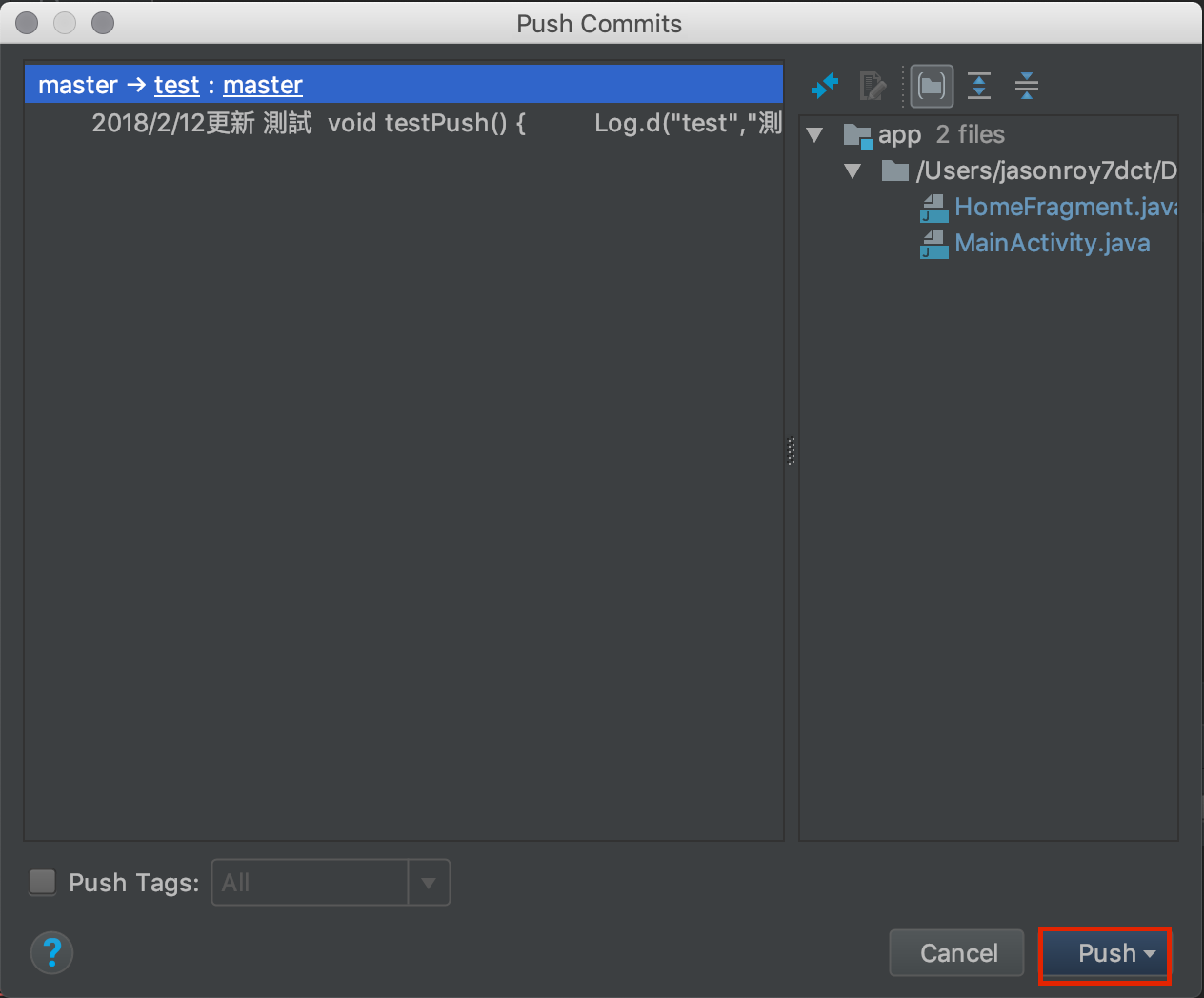

The first step within our Android app’s CI/CD pipeline is to create a GitHub Action YAML file and to add a trigger that defines when the job should be run.

So far, I released 182 versions over 6 years. I can’t emphasise the value of a fully automated CI/CD pipeline enough! I spent hours over hours on manually building and testing my Android app, to finally sign it and push it to the Google Play Store. Why – Whats the value for app publishers?

Kudos to Niraj Prajapati who wrote such a great blog post and who inspired me to fully automate my own Android app’s CI/CD pipeline. GitHub action tab within my Android app repository Within this post, I will describe how I came to fully automate the CI/CD pipeline of my production Android App ( TabShop) by using GitHub Actions. As those job definitions are living in the same Git repository, its the perfect solution for managing your CI/CD pipeline as code within a self-contained GitHub repository. GitHub actions allows the definition of different jobs that are automatically triggered on events happening within your Git repository (such as commits, pull, creation of a tag or releases, comments, creation of issues, and many more). It does not really matter, if you just want to automatically check each of your Git commits by using lint or to fully build your artefacts, GitHub actions allows you to do that with a simple YAML configuration. When I came to play around with GitHub Actions CI/CD pipeline framework recently, I could not believe how simple and effective that functionality is! Automate your Android CI/CD Pipeline with GitHub Actions


 0 kommentar(er)
0 kommentar(er)
